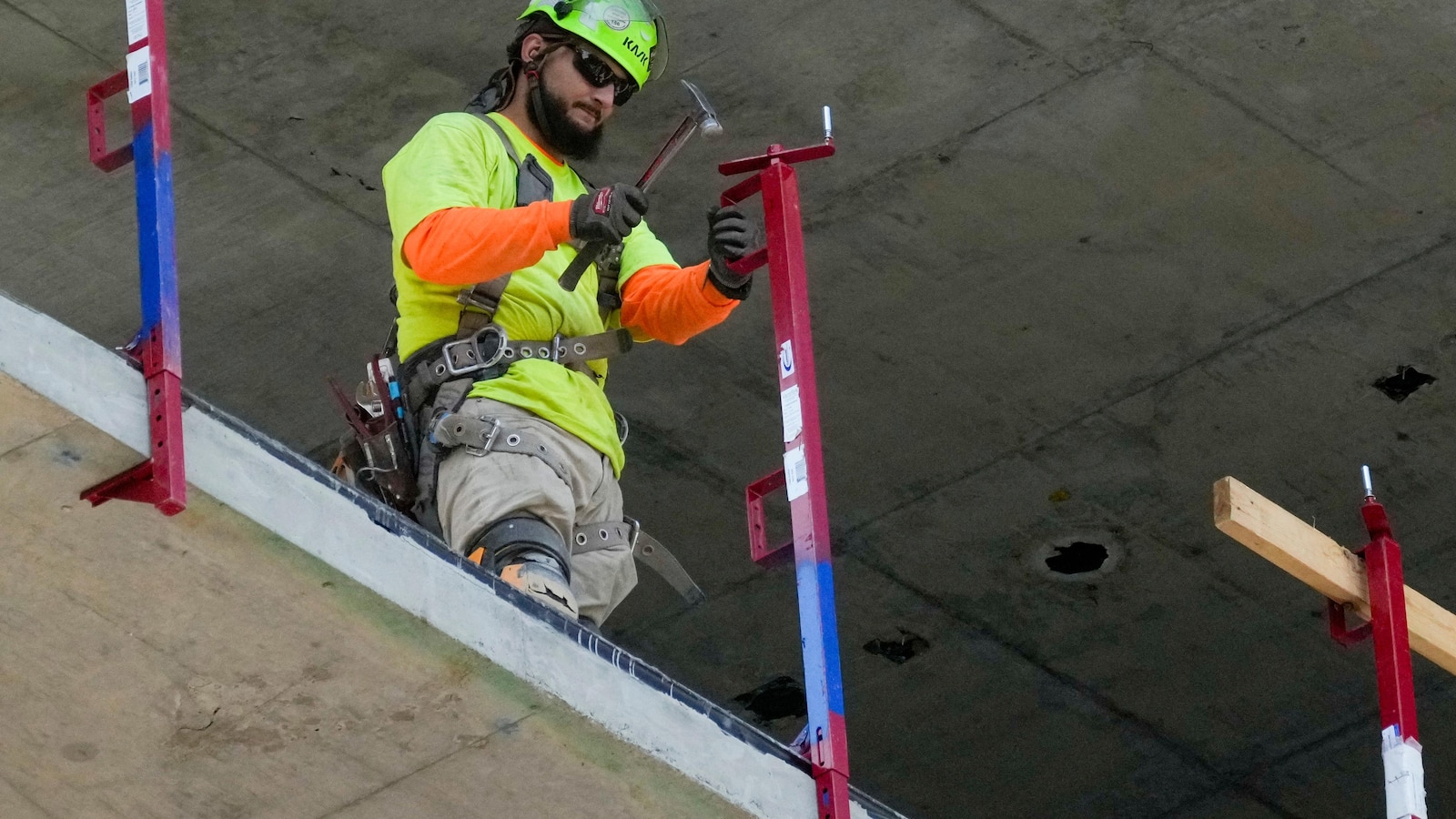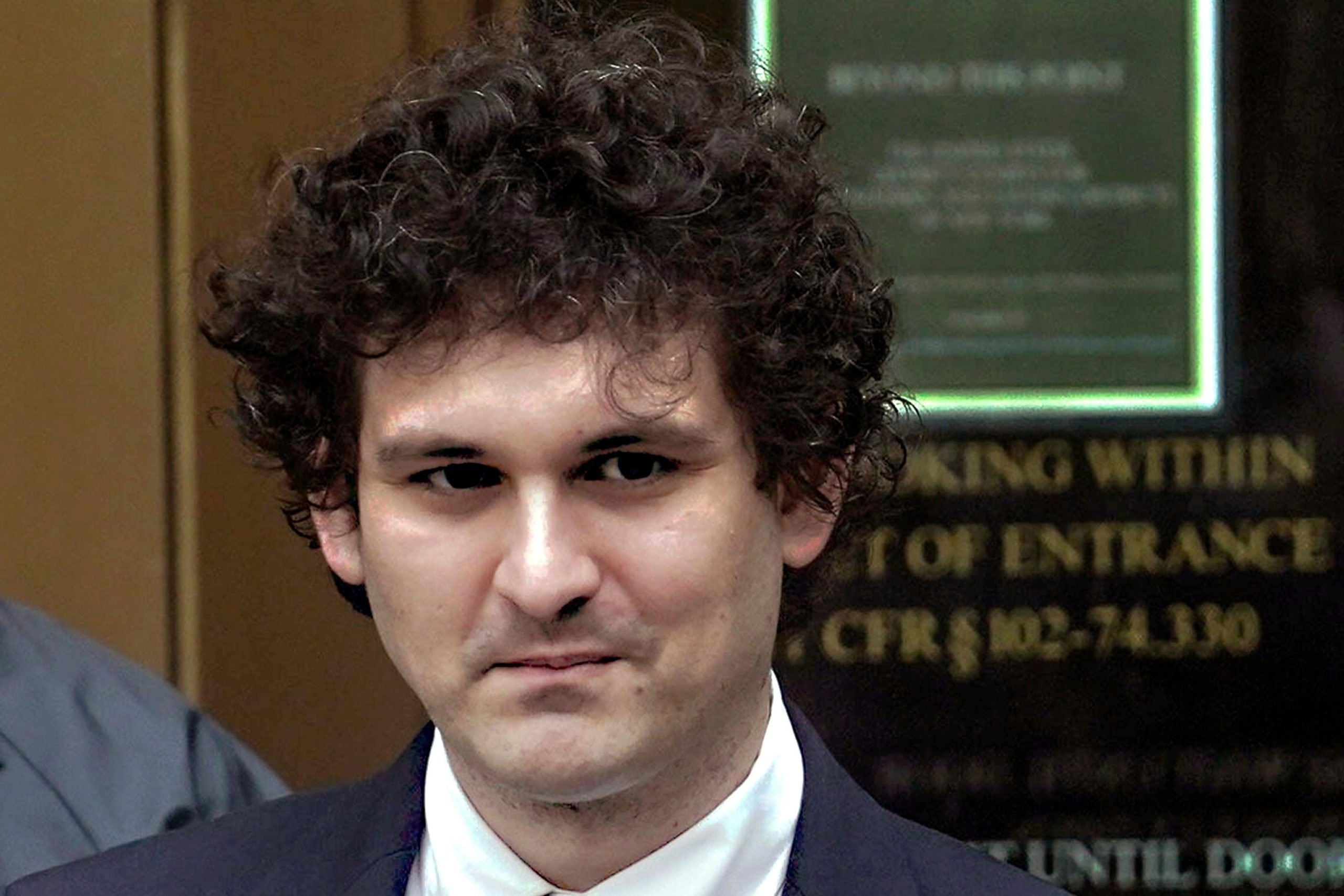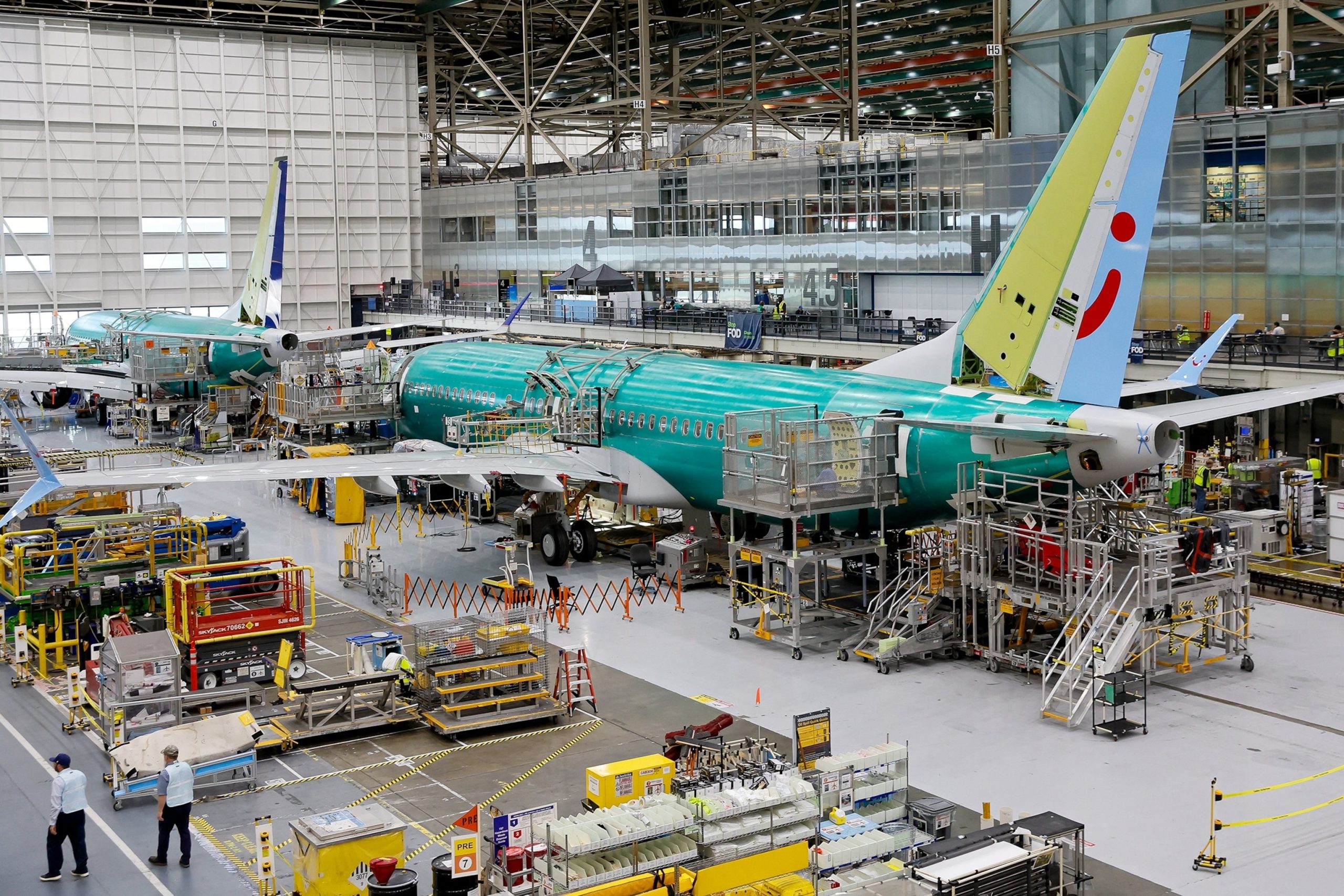
WASHINGTON — America’s employers posted fewer job openings in July than they had the previous month, a sign that hiring could cool in the coming months.
The Labor Department reported Wednesday that there were 7.7 million open jobs in July, down from 7.9 million in June and the fewest since January 2021. Openings have fallen steadily this year, from nearly 8.8 million in January.
Layoffs also rose to 1.76 million, the most since March 2023, though that level of job cuts is roughly consistent with pre-pandemic levels, when the unemployment rate was historically low. Layoffs have been unusually low since the pandemic as many employers have sought to hold onto their workers.
Overall, Wednesday’s report painted a mixed picture of the job market. On the positive side, total hiring rose in July, to 5.5 million, after it had fallen to a four-year low of 5.2 million in June. And the number of people who quit their jobs ticked up slightly, to about 3.3 million. The number of quits is seen as a measure of the job market’s health: Workers typically quit when they already have a new job or when they’re confident they can find one.
Still, quits remain far below the peak of 4.5 million reached in 2022, when many workers shifted jobs as the economy accelerated out of the pandemic recession.
Wednesday’s figures indicate that fewer companies are seeking to add workers despite recent data showing that consumer spending is still growing. Last week, the government estimated that the economy expanded at a healthy 3% annual rate in the April-June quarter.
Even as openings have fallen for the past two years, there are still roughly 1.1 job openings for every unemployed person, Wednesday’s report showed. That reflects the economy’s continuing need for workers and marks a reversal from before the pandemic, when there were always more unemployed people than available jobs.
The July report on job openings is the first of several measures this week of the labor market’s health that the Federal Reserve will be watching closely. If clear evidence emerges that hiring is faltering, the Fed might decide at its next meeting Sept. 17-18 to start cutting its benchmark interest rate by a relatively aggressive half-percentage point. If hiring remains mostly solid, however, a more typical quarter-point rate cut would be likelier.
On Thursday, the government will report how many laid-off workers sought unemployment benefits last week. So far, most employers are largely holding onto their workers, rather than imposing layoffs, even though they have been slower to add jobs than they were earlier this year.
On Friday, the week’s highest-profile economic report — the monthly jobs data — will be released. The consensus estimate of economists is that employers added 163,000 jobs in August and that the unemployment rate ticked down from 4.3% to 4.2%.
Last month, the government reported that job gains slowed in July to just 114,000 — far fewer than expected and that the second-smallest total in 3 1/2 years — and the unemployment rate rose for a fourth straight month.
Those figures sparked fears that the economy was seriously weakening and contributed to a plunge in stock prices. Late last month, Fed Chair Jerome Powell underscored the central bank’s increasing focus on the job market, with inflations steadily fading.
In a speech at an annual economic symposium in Jackson Hole, Wyoming, Powell said that hiring has “cooled considerably” and that the Fed does not “seek or welcome further cooling” in the job market. Economists saw those comments as evidence that the Fed may accelerate its rate cuts if it decides it is needed to offset a slowdown in hiring.
The latest data on job openings in the United States has shown a significant decrease, reflecting a weakening demand for workers across various industries. According to the Bureau of Labor Statistics, job openings fell by 561,000 in the month of September, marking the largest decline since the start of the year. This downward trend is concerning as it indicates a potential slowdown in hiring and economic growth.
One of the main factors contributing to this decrease in job openings is the ongoing labor shortage in certain sectors. Industries such as hospitality, retail, and healthcare have been struggling to find qualified workers to fill open positions, leading to a decrease in job postings. This shortage can be attributed to a variety of factors, including the lingering effects of the COVID-19 pandemic, early retirements, and a mismatch between the skills of job seekers and the requirements of employers.
Another reason for the decline in job openings is the uncertainty surrounding the economy. With inflation on the rise, supply chain disruptions, and concerns about the impact of new COVID-19 variants, businesses may be hesitant to expand their workforce or make new hires. This cautious approach is reflected in the decrease in job openings, as companies are taking a wait-and-see approach before committing to new hires.
Additionally, the shift towards remote work and automation has also played a role in the decrease in job openings. Many companies have embraced remote work as a long-term solution, which has reduced the need for physical office space and in-person employees. At the same time, advancements in technology have allowed businesses to automate certain tasks, further reducing the need for human workers in some roles.
Overall, the decrease in job openings in the United States reflects a broader trend of weakening demand for workers. While there are still opportunities available in certain industries, job seekers may face increased competition and challenges in finding employment. As the economy continues to evolve and adapt to changing circumstances, it will be important for both employers and workers to stay flexible and open to new opportunities.


